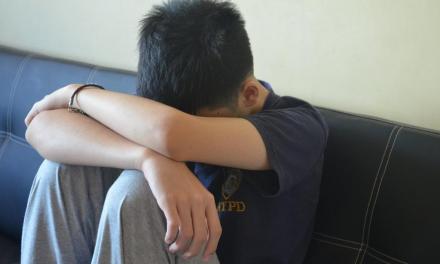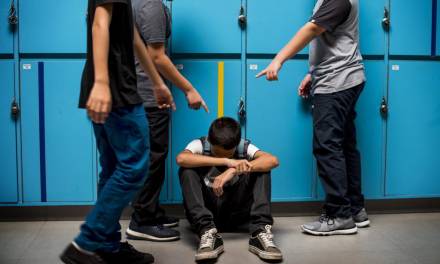Bullying is a timeless issue for parents and teachers to tackle – yet despite continual efforts to eradicate bullying from our school systems, it appears a problem that endures.
1.5 million Young people (50%) have been bullied within the past year.
145,800 (19%) of these were bullied EVERY DAY.
20% of all young people have physically attacked somebody.
These sobering figures from anti-bullying movement ‘Ditch the Label’ paint a depressing and overly concerning picture of the landscape of our schools. Yet there is light at the end of the tunnel…
“More than half of bullying situations (57 percent) stop when a peer intervenes on behalf of the student being bullied”
Whilst…
“When an adult intervenes in a bullying incident, it stops within 10 seconds or more about 57 percent of the time”.
Understanding the tell-tale signs of a child who’s being bullied is then critical to putting a stop to this crime once and for all.
Signs that a child is being bullied
Emotional
1. Becomes anxious, withdrawn, quiet or shy
2. Seems depressed
3. Begins to demonstrate aggressive traits
4. Shows signs of anxiety or stress
5. Becomes suddenly moody or agitated
Social and behavioural
1. Suddenly changes their eating or sleeping patterns
2. Suddenly stops wanting to be part of activities they previously liked
3. Hurts themselves, or talks about self-harm and/or suicide
4. Suddenly changes friends with no explanation
5. Begins to exhibit self-destructive behaviours, such as running away
Physical
1. Suffers unexplained injuries
2. Loses items of clothing or property with no explanation
3. Claims to suffer from frequent illness, such as headaches and stomach aches
Academic
1. Suffers a sudden drop in grades
2. Stops going to school or starts missing certain classes
3. Loses interest in school and resists efforts to re-engage
4. Starts to get into trouble at school
The modern day – and another altogether more tricky issue to tackle;
The evolution of the internet has presented many benefits for learning, yet for all its powers, it presents a threat that looms large for the younger generation – the potential for cyber bullying.
Victims can feel as though the bullying they are suffering is inescapable and always present – and as the following figures show, cyber bullying is experienced on mass scales.
52 percent of students reported being cyber bullied.
33 percent reported that the cyber bullying included threats online.
25 percent of teens say they have been bullied repeatedly through their cell phone or the Internet.
Signs of cyberbullying include all of the ones that we’ve already covered, yet the biggest and boldest of all red flags is where a child suddenly stops using a computer or smartphone.
They may also become all the more secretive with their technology, and particularly sensitive should you ever ask to see what they may be doing. This can be accompanied with distress following the receiving of a message.
Listen…
The reasons for being bullied reported most often by students have been found to be looks (55%), body shape (37%), and race (16%) (Davis and Nixon, 2010). It’s then a straightforward step to pick up on any mention of concern over these areas, as well as behaviour that may clearly demonstrate sudden concern over their image, body shape or heritage.
Schools: The time to act is before it begins
School-based bullying prevention programs are incredibly effective at tackling bullying before it begins, with research showing that they can decrease bullying by up to 25% (McCall ion and Feeder, 2013). This statistic alone should mean that every school, of every educational level, should at least consider taking such a step in their bid to beat the bullies.









